R-360 Neptune is a coastal anti-ship cruise missile developed by Ukrainian Luch Design Bureau. Its design is tied to the old Soviet Kh-35 anti-ship missile, designed to defeat surface warships and other vessels with a displacement of up to 5,000 tons. Unlike the Kh-35 missile, the R-360 Neptune missile has improved range and electronics. The missile can engage convoys or individual targets. It is a relatively new weapon in Ukrainian Navy, introduced in early March 2021.
Development
Antiship missiles are large weapons. They require training, which has simulators. An anti-ship missile also requires a launch platform, and the whole system can weigh tons. On top of that, they often require integration with radar to provide launch targeting.
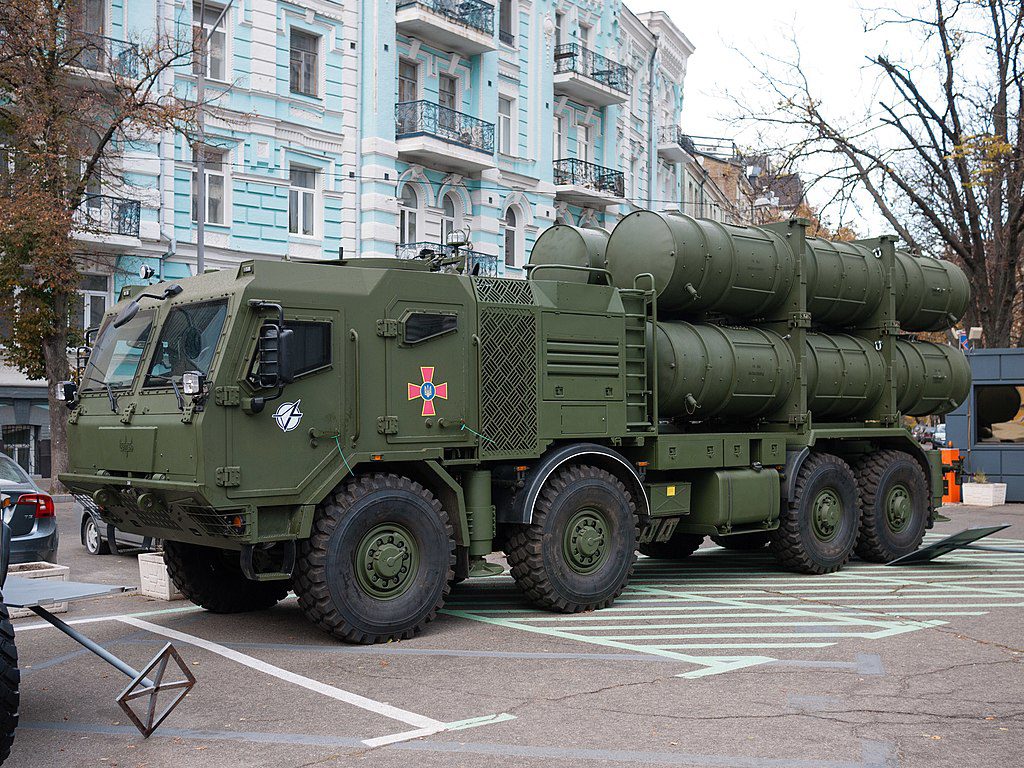
Guided by that, Ukraine started to build its own coastal anti-ship cruise missile system. Production of advanced missile systems took place in cooperation with other Ukrainian enterprises, including Artem Luch GAhK, Kharkiv State Aircraft Manufacturing Company [uk], Motor Sich (MS-400 turbofan engine), Pivdenne YuMZ PivdenMash, Lviv LORTA [uk] and other radar electronics, Vyshneve ZhMZ Vizar Kyiv, Radionics (seeker), Arsenal SDP SE (navigation system) and others.
The first tests of the system were conducted on 22 March 2016, attended by Secretary of the National Security and Defense Council (NSDC) Oleksandr Turchynov. In mid-2017, the manufacturer tested Neptune missiles concurrently with the Vilkha missile complex trials. However, unlike the Vilkha, Luch Design Bureau did not publicize the test results and capabilities of the Neptune.
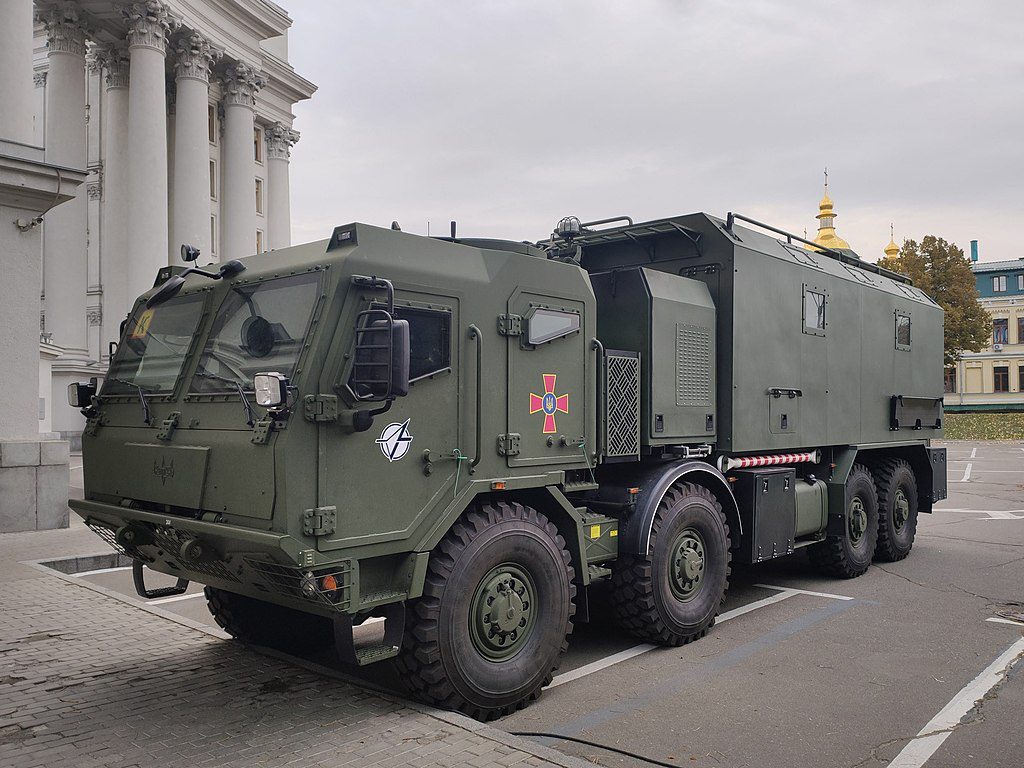
According to the press service of the NSDC, the first successful flight tests of the system took place on 30 January 2018. On 17 August 2018, the missile successfully hit a target at 100 kilometers (62 mi) during test firings in southern Odessa. On 6 April 2019, the missile was again successfully tested, hitting targets during tests near Odesa. Luch Design Bureau delivered the R-360 Neptune system to the Ukrainian military in December 2019.
The missile was first revealed in the “Weapons and Security 2015” exhibition in Kyiv.
Design
When deployed, a Neptune coastal defense system comprises a USPU-360 truck-based mobile launcher, four missiles, a TZM-360 transport/reload vehicle, an RCP-360 command, and control, and a special cargo vehicle. The system is designed to operate up to 25 kilometers (16 miles) inland of the coastline. A Neptune missile, including a rocket motor, is 5.05 meters (199 in) in length, with a cross-shaped hard wing.
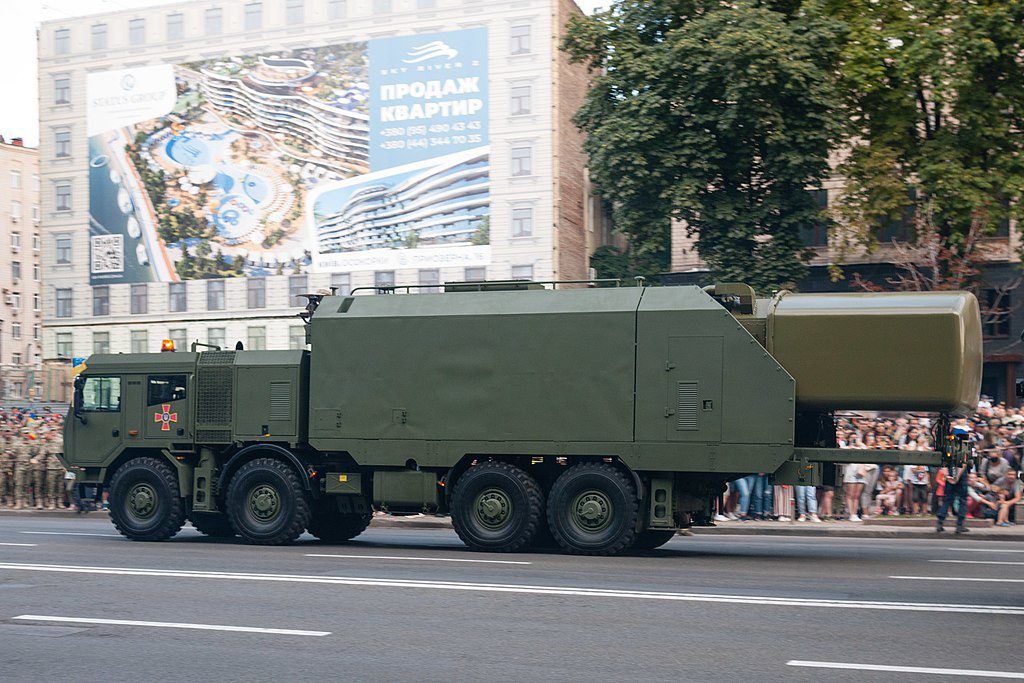
Neptune missiles are designed to be housed in transport and launch containers (TLC) with dimensions 5.30 by 0.60 by 0.60 meters (209 in × 24 in × 24 in). The system has a maximum range of about 300 kilometers (190 mi).[17][18] A single missile weighs 870 kilograms (1,920 lb), of which 150 kilograms (330 lb) is the warhead.
Operational use
Ukraine War
On April 13, 2022, Ukrainian Navy sources claimed the Russian cruiser Moskva was hit by two Neptune missiles during the Ukraine War, resulting in an ammunition explosion. A day later, on April 14, 2022, the Russian Ministry of Defence stated, without discussing the cause, that a fire had caused munitions to explode, and the crew had been fully evacuated. Russian news outlets announced that Russian warship Moskva had sunk in inclement weather while being towed a few hours later.
Technical specifications
Classified.
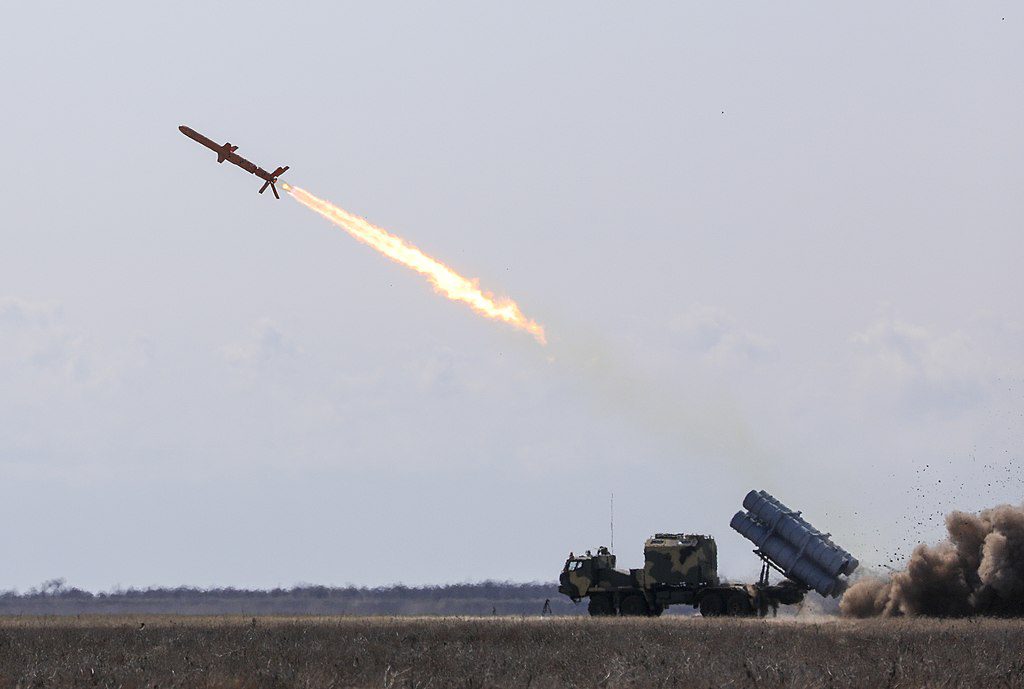




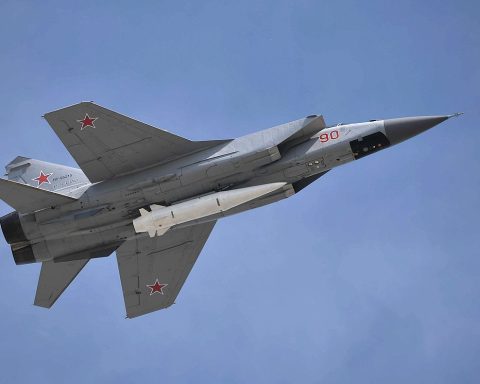
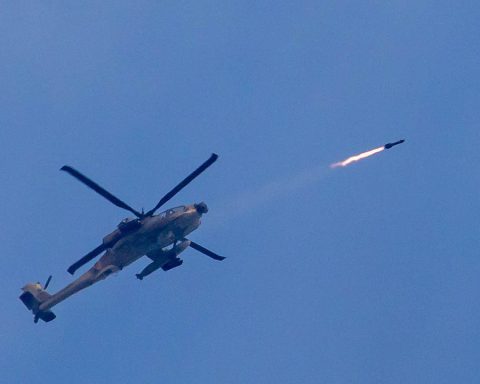
Down with Putin, send more support to Ukraine.
Looks like a viable and good missile defense systems. Too bad the only AN 225 was destroyed….this would bring an immediate end to the current tragedy if it was used as super bomber!
Conventional wisdom is this type of missile should have been easily shot down by the cruiser. It had two sets of SAMs and point defense systems.
It all points to it not being about the weapon, but who’s behind the weapon that brings success.
This is great news that the missile is designed and made in heroic Ukraine. Do serve more up to the invaders.
Hmmm
Regardless of the actual effectiveness of the “Neptune” there can be no doubt that it was NOT designed and manufactured in the Ukraine. First, the Ukraine as the 2nd poorest country in Europe simply did not have the money to develop, let alone manufacture and field such a sophisticated weapons system. 2nd, the Ukraine has never had the needed intellectual, let alone manufacturing infrastructure necessary to create such a weapons system.
Consider that if such a weapons system did not need relatively large sums of money and infrastructure to develop, build and field every 2-bit dictator on the planet would have some now wouldn’t they…
Whatever the actual source of this surface-to-surface anti-ship system may be, it was NOT the Ukraine. If I were to make an educated guess, I suspect it was supplied by a secret skunkworks inside israel, given their vast expertise false flags using foreign weapons (remember israel using remarked US and captured Egyptian jets to attack the USS Liberty). Naturally, israel wouldn’t actually pay for these themselves, so no doubt the original source of funding was the US taxpayer…
Please bear in mind that literally within the first hour of Putin’s Police Action that USA Today published the first piece of fake news when it categorically stated THERE ARE NO US BIO-WEAPONS LABS IN THE Ukraine when in point of fact there were literally dozens…
If Russia were in “Europe”, it would be the second or third poorest. It’s per capita GNP is about the same as Ukraine.
I think that the world is finally coming to realize that wars are largely being fought, so the military industries can make money, along with their puppet politicians, regardless of the country!